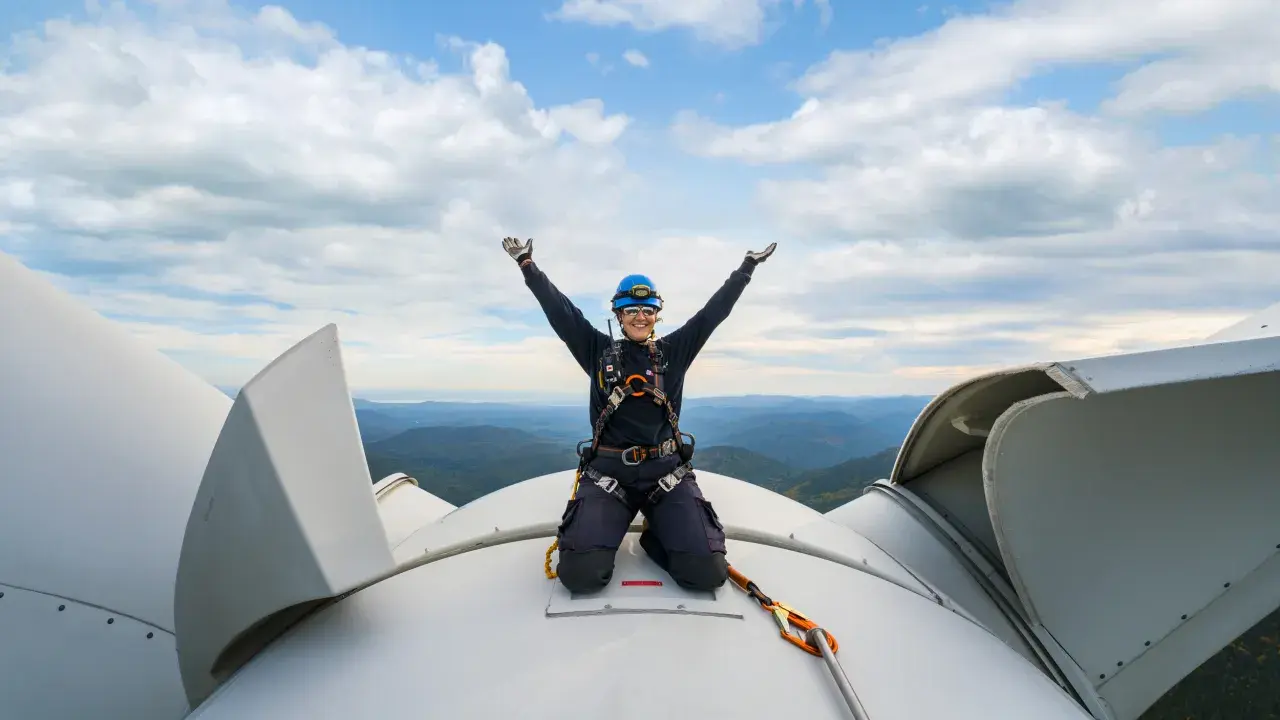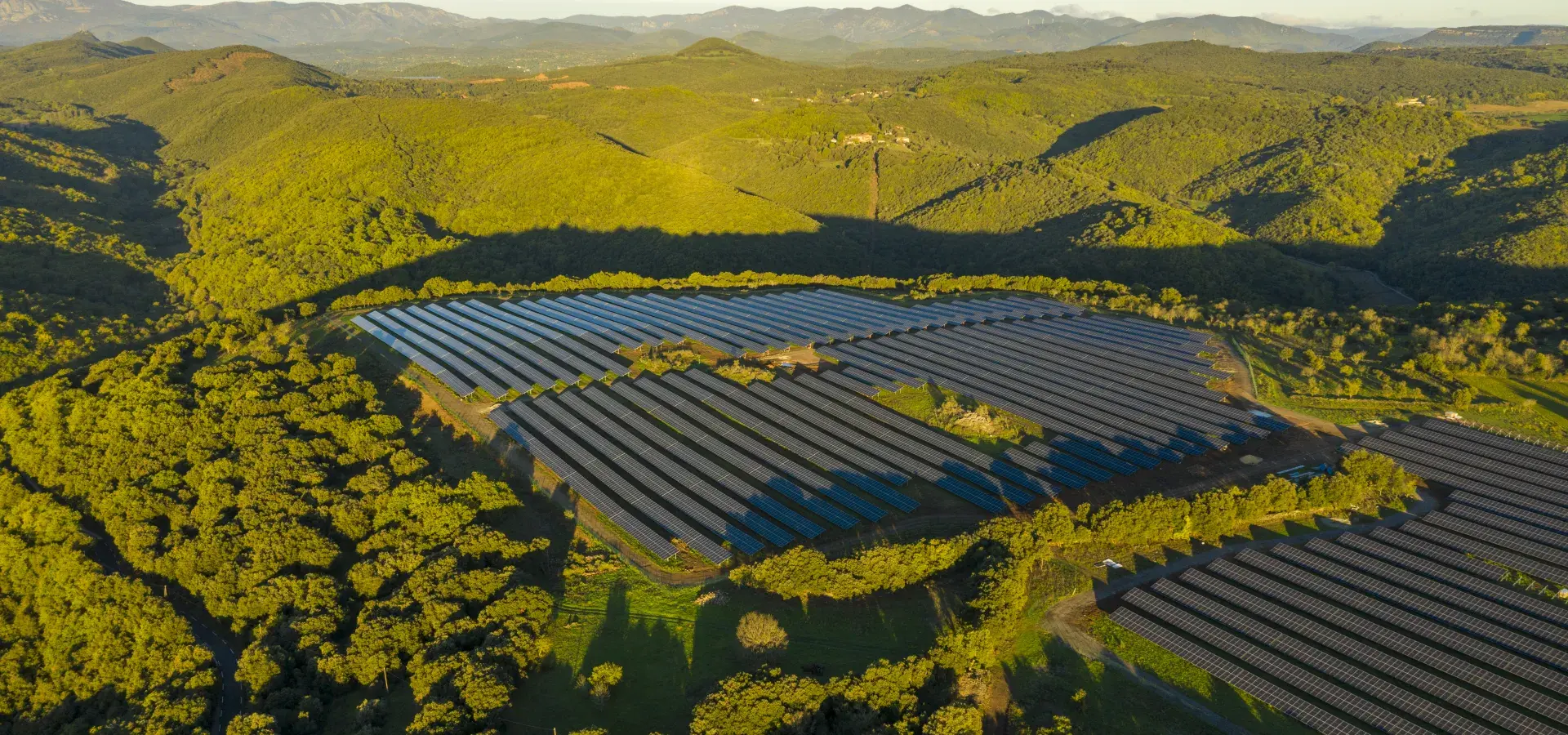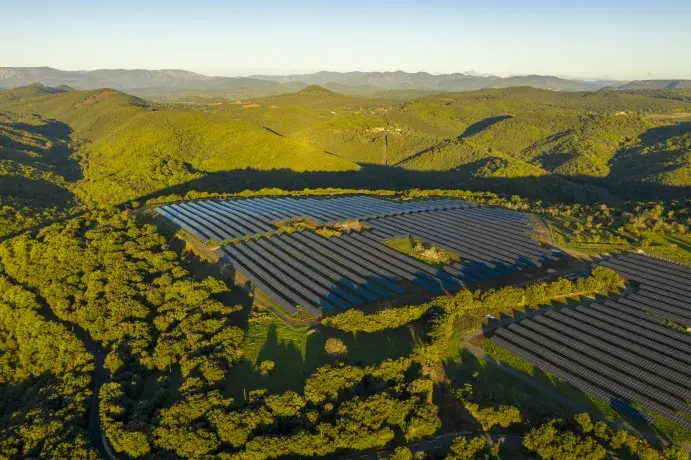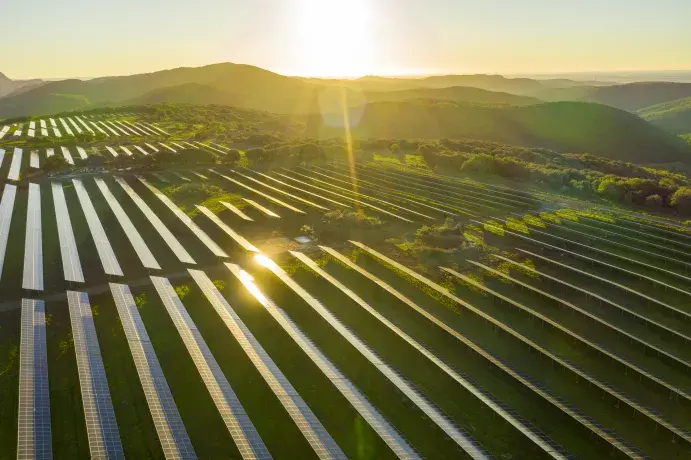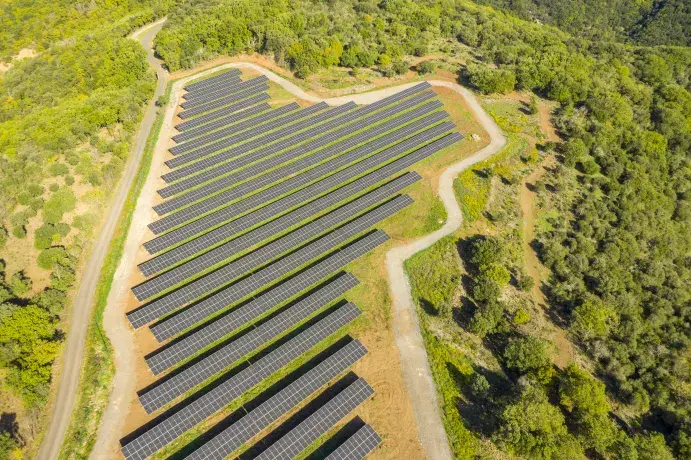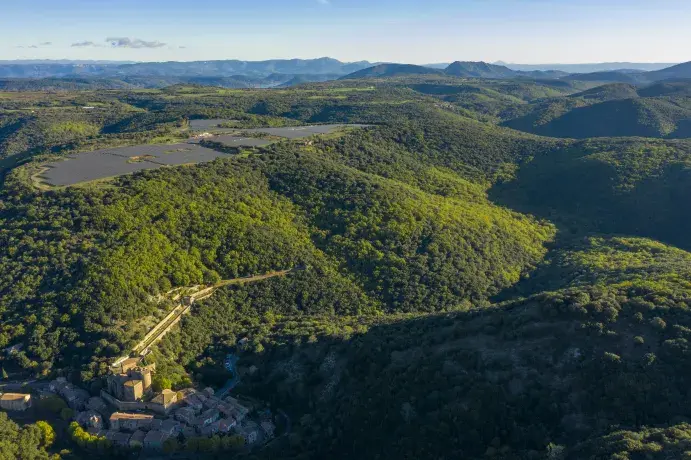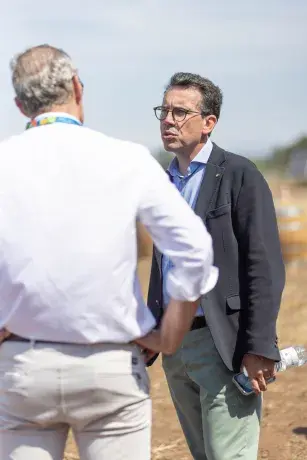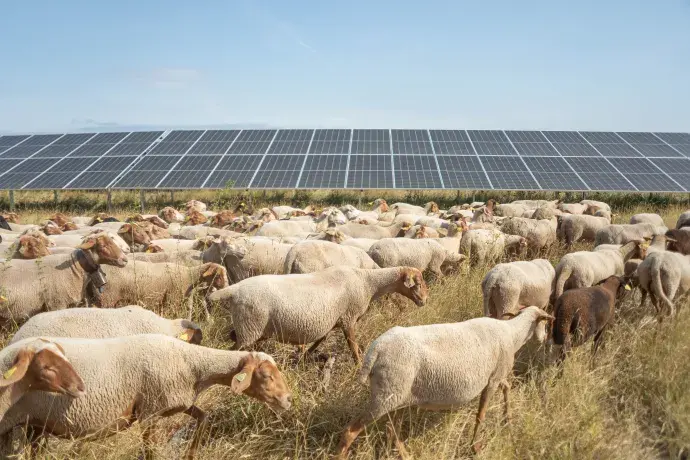-
15.9 MWc Production
-
Around 10 000* inhabitants Supplied with electricity
-
30 000 Solar panels
-
Around 300 tons of CO2 Avoided annually
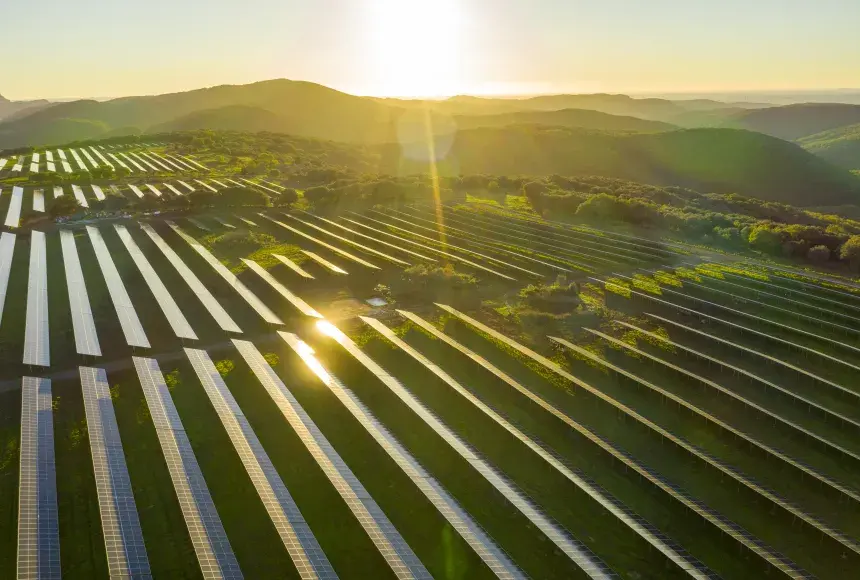
Technical data
- Site technologySolar
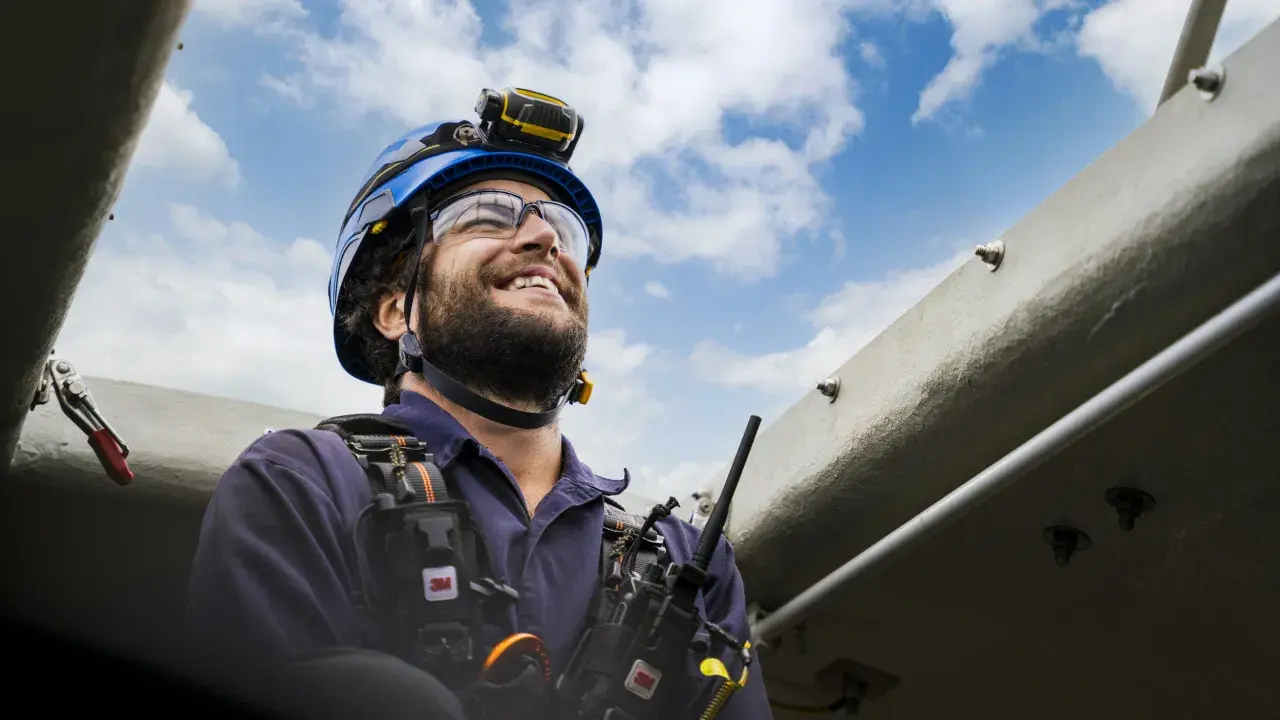
The project in details
The solar park is located on former farmland that had been left fallow for just over 10 years. It was developed and built by Boralex, which also operates it from its maintenance base in Avignonet-Lauragais. The solar park comprises 30,000 photovoltaic solar panels and has a total output of 15.9 MWc.
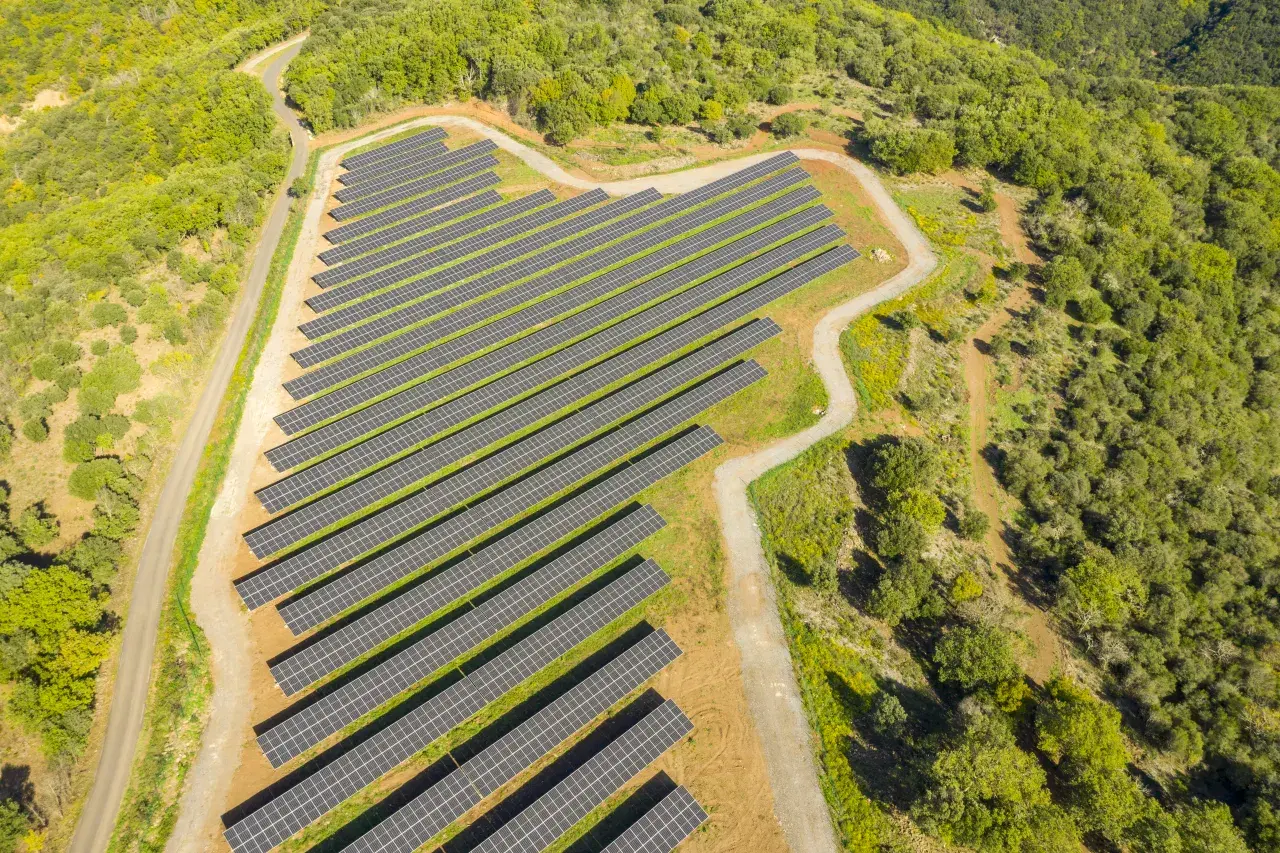
A park built on the basis of a corporate PPA
The Grande du Causse wind farm is Boralex's first asset to be built on the basis of a corporate PPA. Under this contract, Boralex, a leader and pioneer in renewable energies in France, will sell the electricity generated by the solar power plant to METRO France, France's leading supplier to the independent catering industry, from 2023 onwards, for a period of 20 years.
The solar park was inaugurated in July 2023 alongside Alain BOZON, Mayor of Pézènes-les-Mines, Pascal PELTIER, Director of METRO France and Nicolas WOLFF, Managing Director of Boralex Europe.
Eco-cultivation at the park
To preserve farmland and develop renewable energies, Boralex is committed to working alongside the farming community. In fact, solar production and agriculture are perfectly compatible. Testimonial:
Laura, 37, grew up surrounded by nature and animals. Previously a town clerk in small rural towns, she wanted to return to the outdoors, in keeping with the person she is and the values to which she aspires. A few years ago, Laura decided to change jobs and take on a flock of ewes to do eco-pasturing and maintain the various areas (agricultural, wasteland etc ) with her ewes and her dogs.
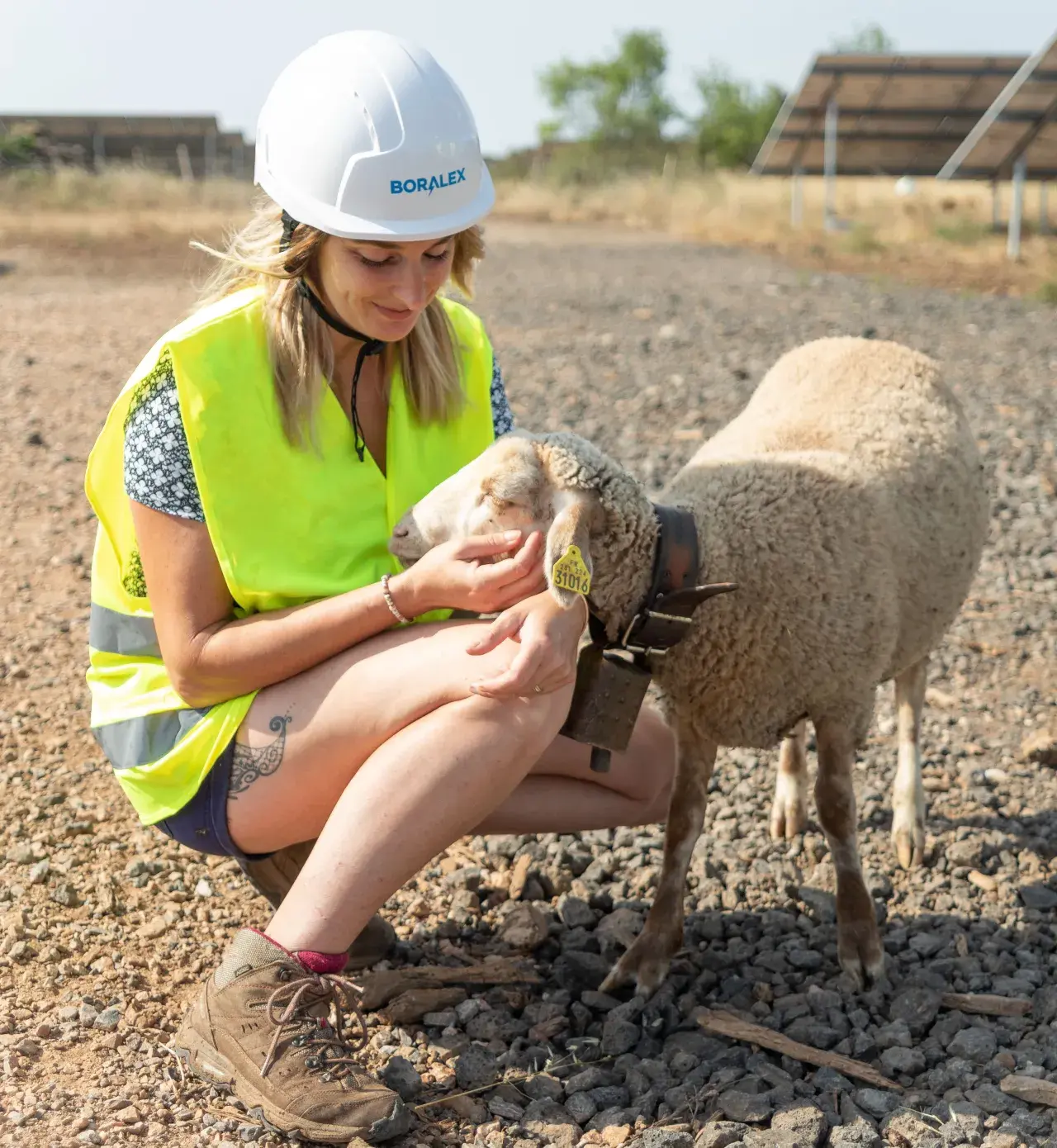
Discover her interview
Other solar projects
*Consumption per inhabitant: Sources for France : ADEME, CRE, and RTE_Average consumption across all uses
